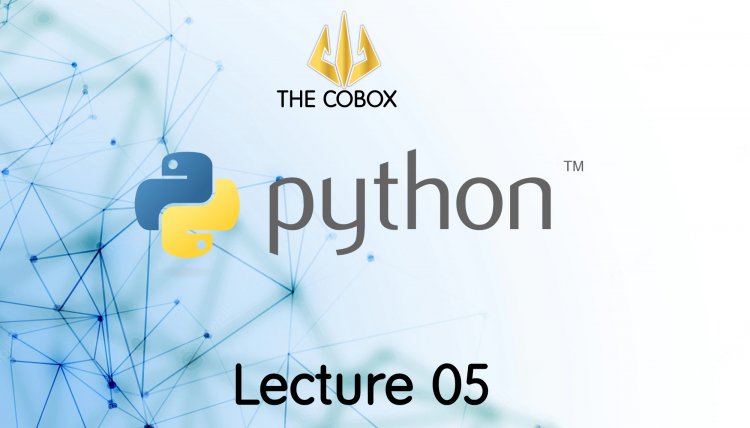5 || Learn Python Programming Tutorial Online Training by Durga Sir

Base conversions:
—---------------------
-
bin() {to convert the value from any base to binary}
bin(15)
‘0b1111’
-
oct() {you can convert any value from any base to octal }
oct(786)
‘0o175316’
-
hex() {from any base to hexadecimal}
hex(10)
‘0xa’
Float data type:
—------------------
-
x = 20.3
Complex data type:
—----------------------
a+bj
a = real part (a part should be anything)
b = imaginary part (this part should be compulsory decimal)
j^2 = -1
For example,
x = 10+20j
type(x)
<class ‘ complex ‘>
“j should be compulsory after the b symbol”
>>>>a = 10+20j
>>>>b = 20+30j
>>>>a+b
>>>>(30+50j)
Bool data type:
—-----------------
We use this datatype to represent boolean values.
What are the allowed values in boolean datatypes?
>> True and False
For example:
b = true
type(b)
<class ‘ bool’>
a = 10
b = 20
c = a<b
c
Output: True
True + True => 2
True + False => 1
In python internally True is represented by 1 and False is represented by 0.
str:
—-
In python, any sequence of characters is considered as str.
s =’‘himanshu’’
type(s)
<class ‘str’>
s =”""Himanshu
Sharma”""
print(s)
{this is a multiline string}
What's Your Reaction?


















